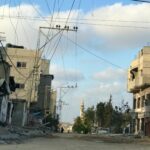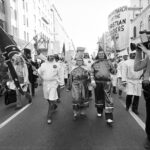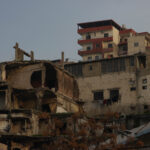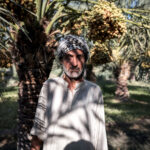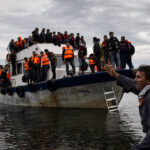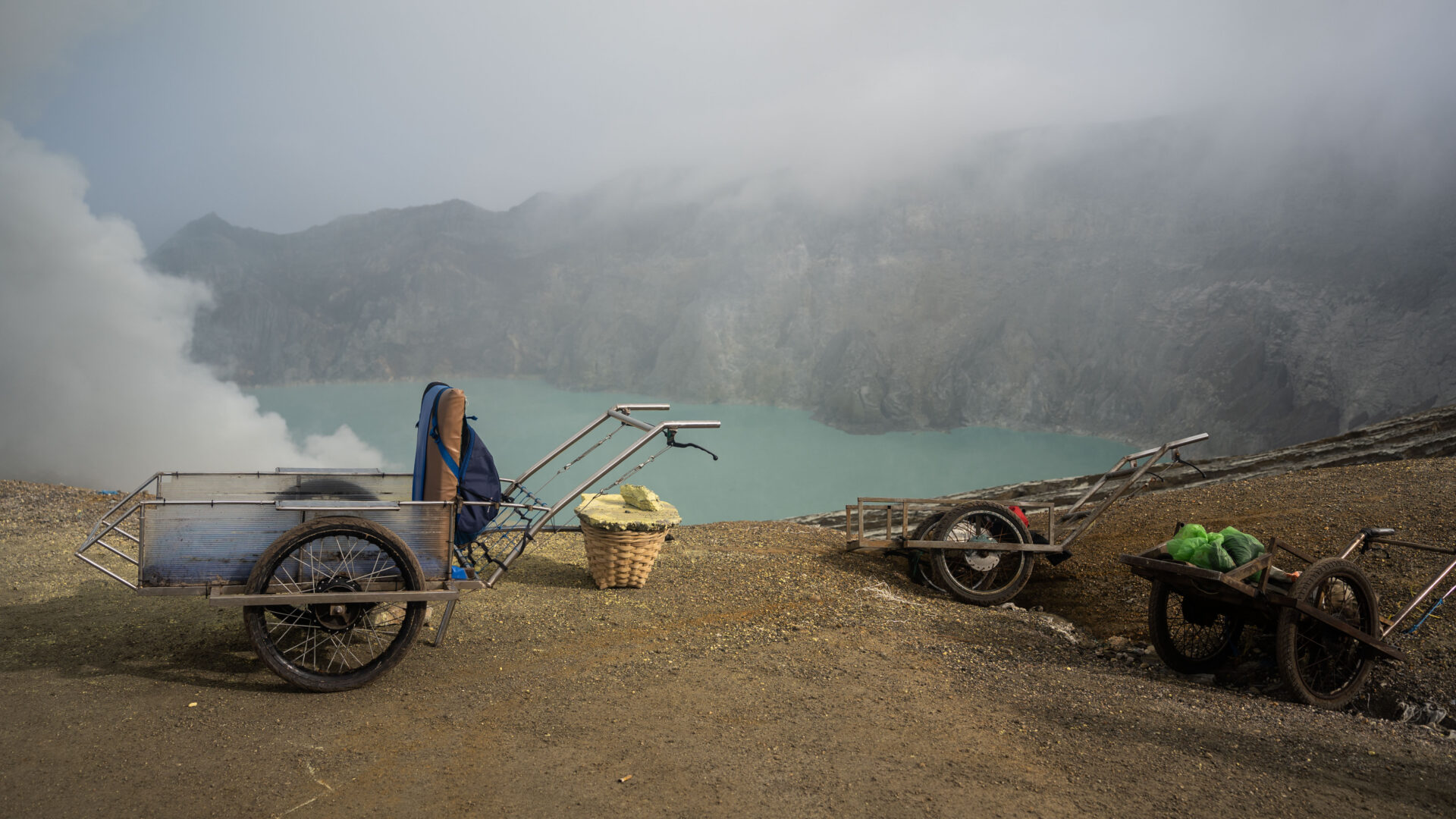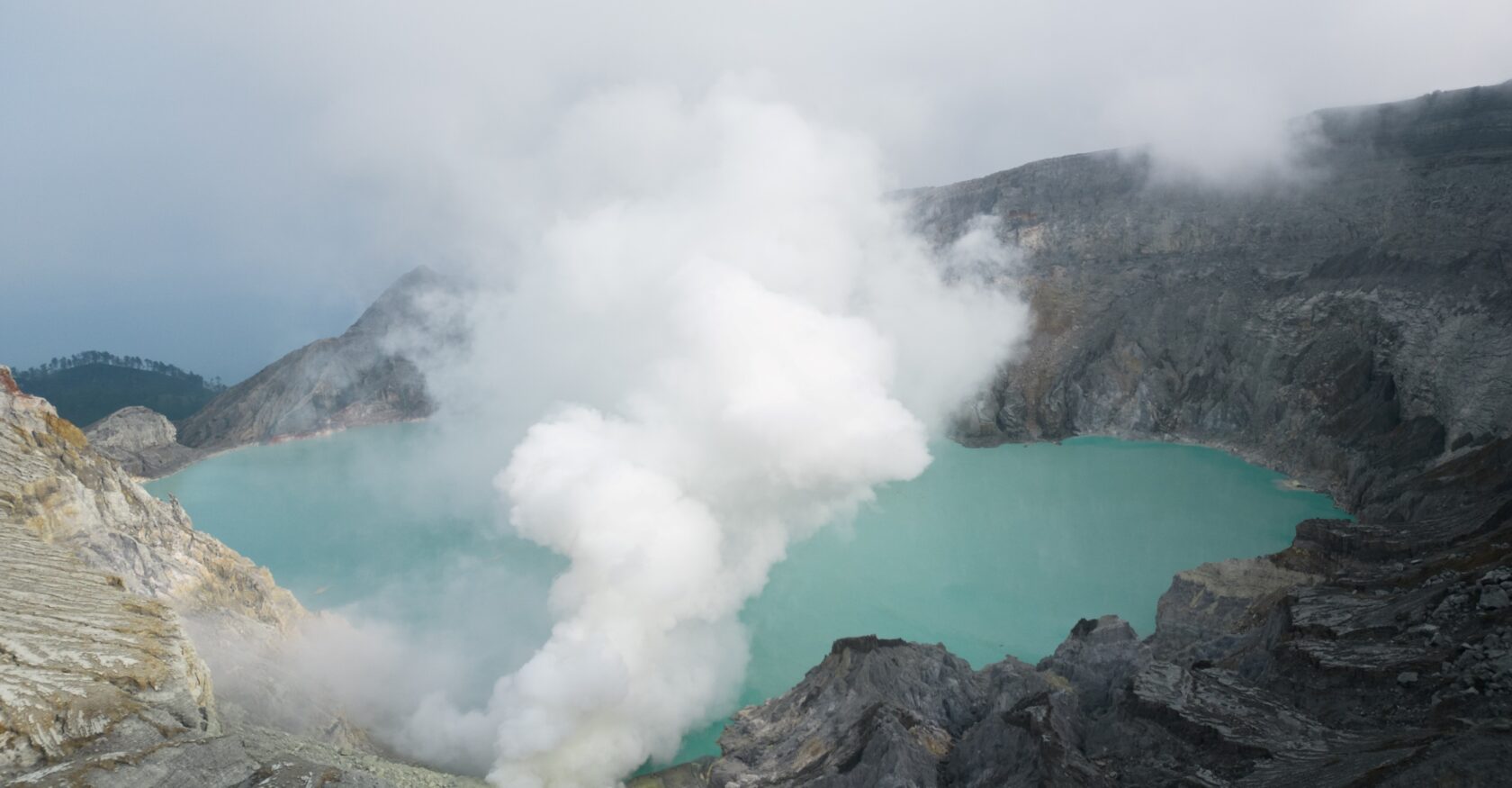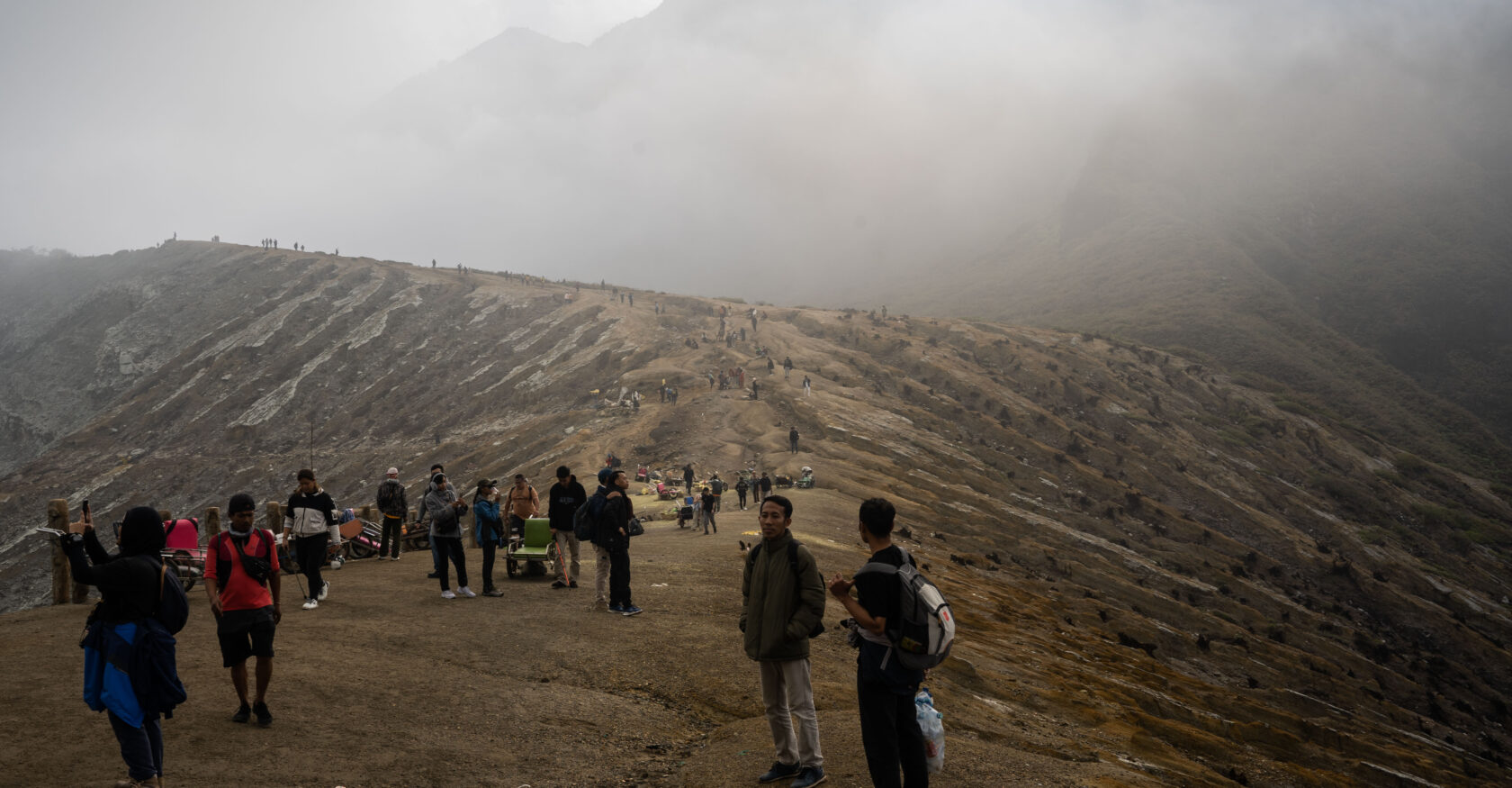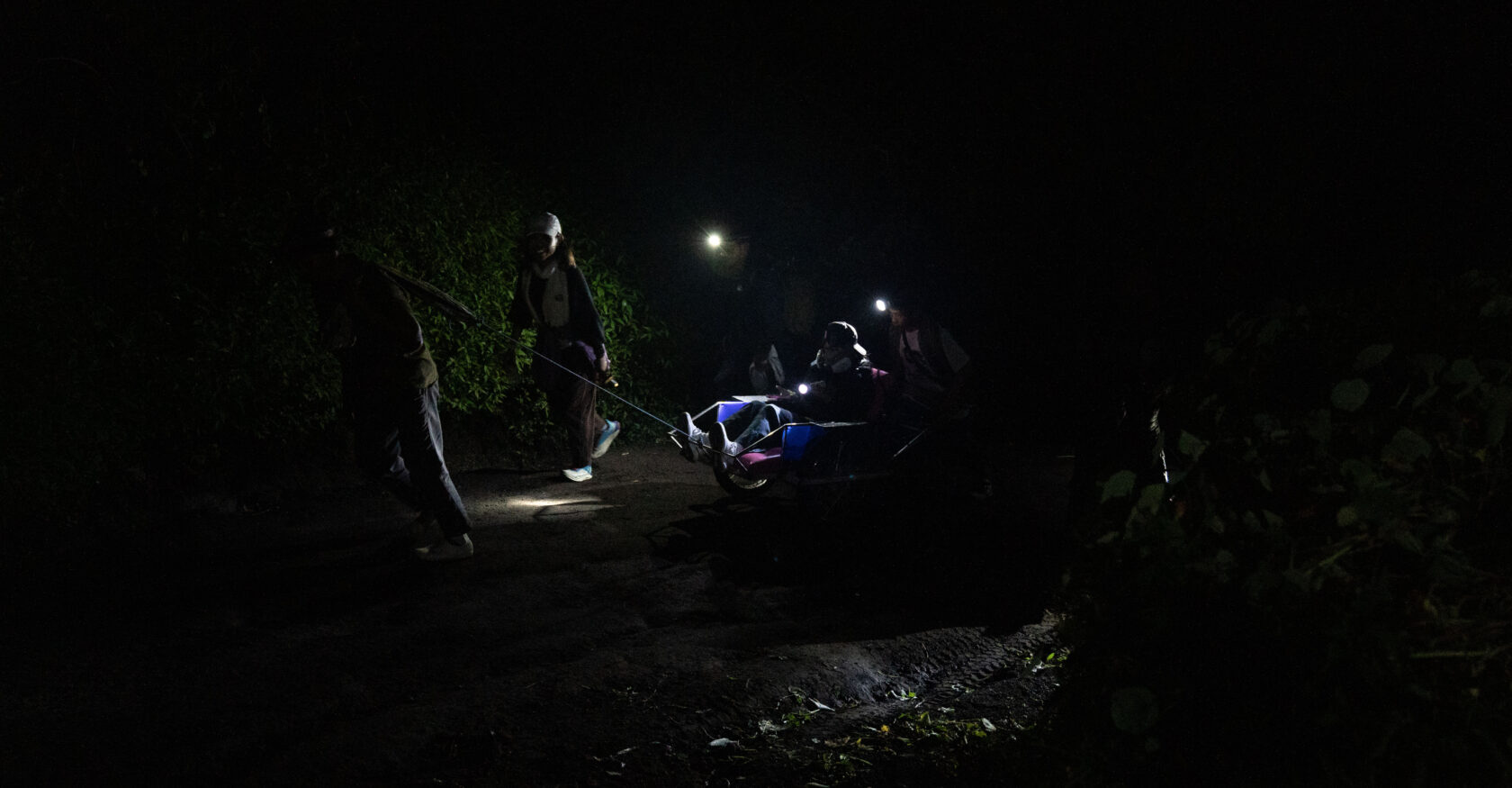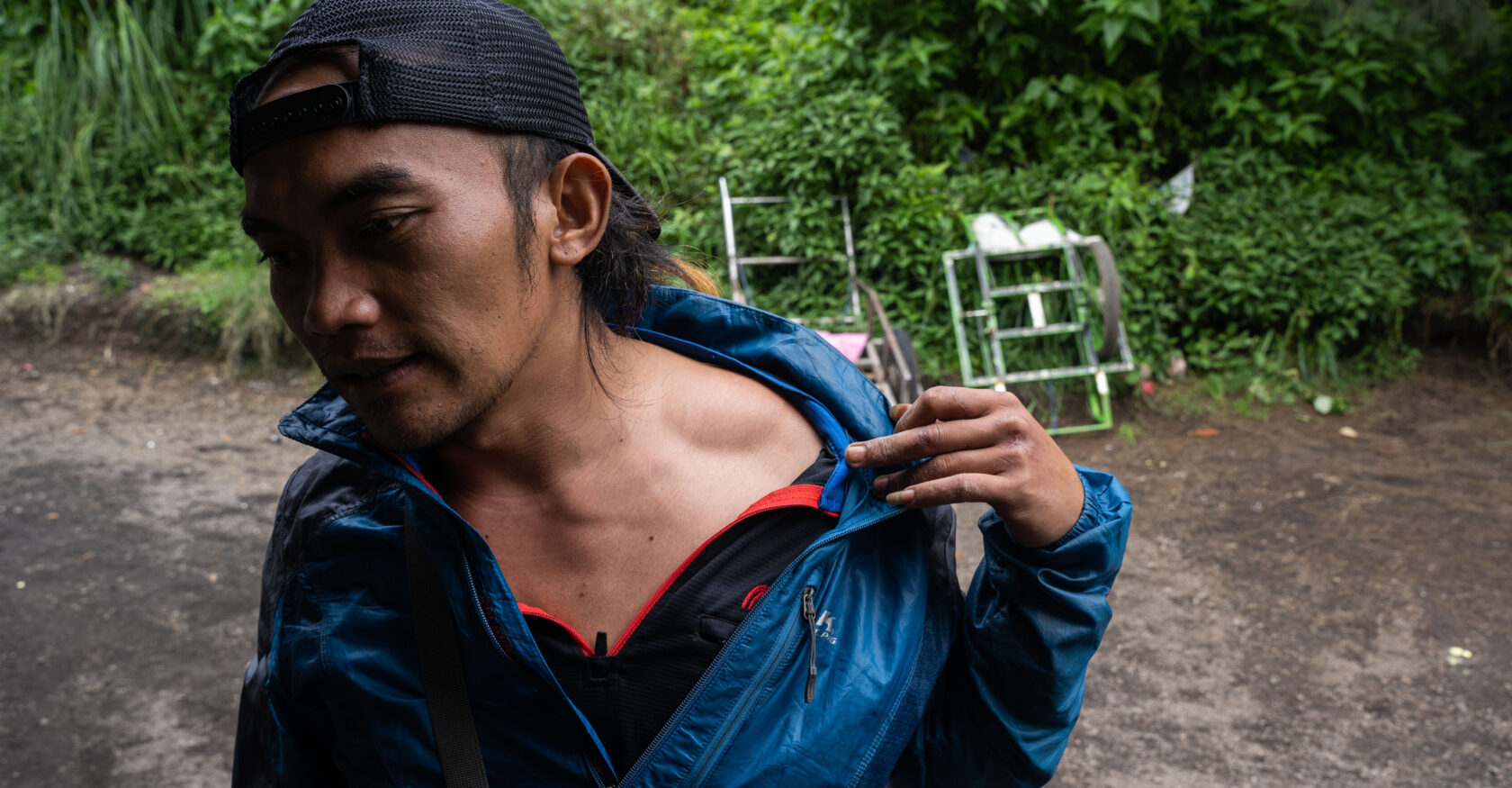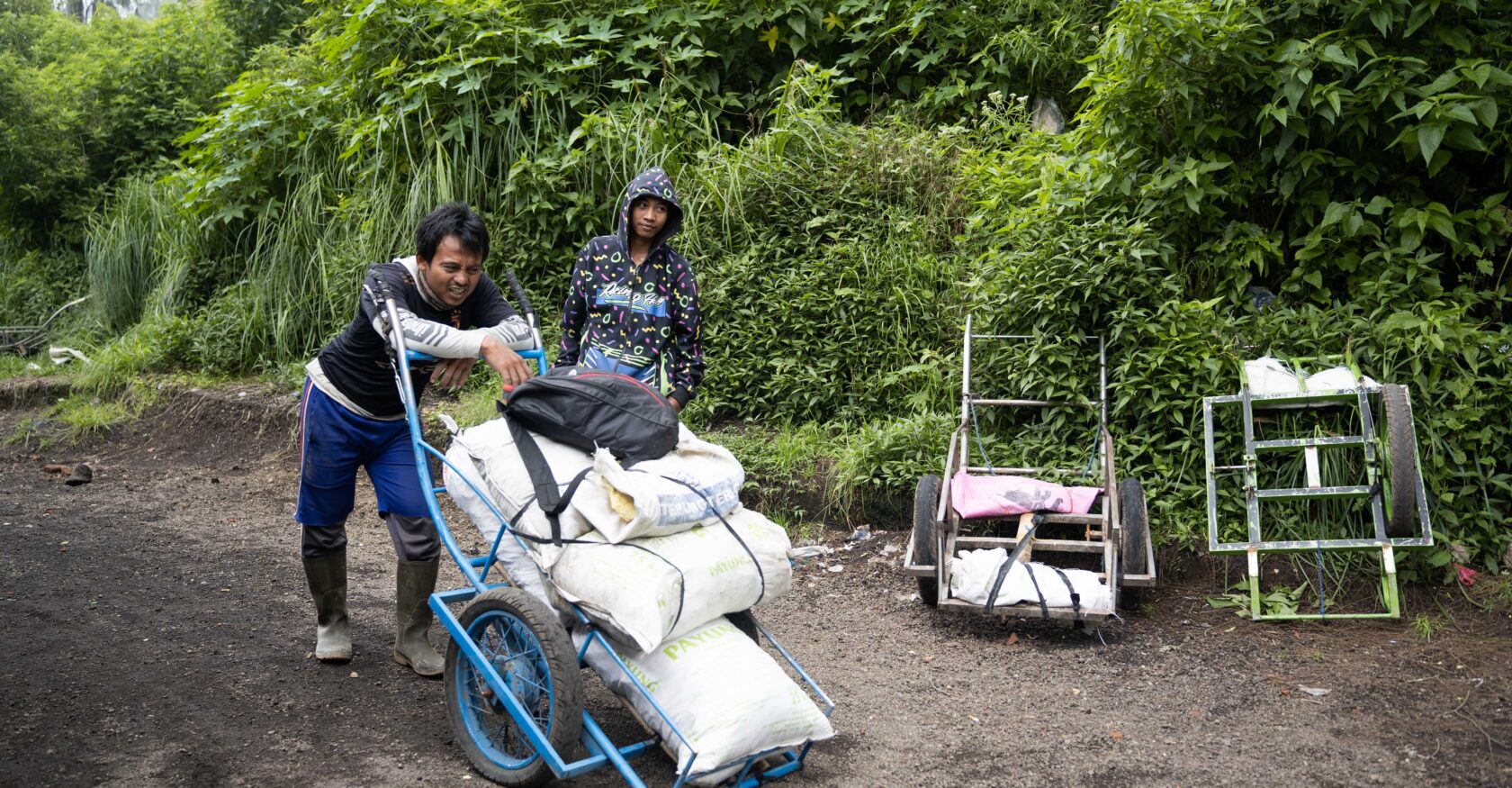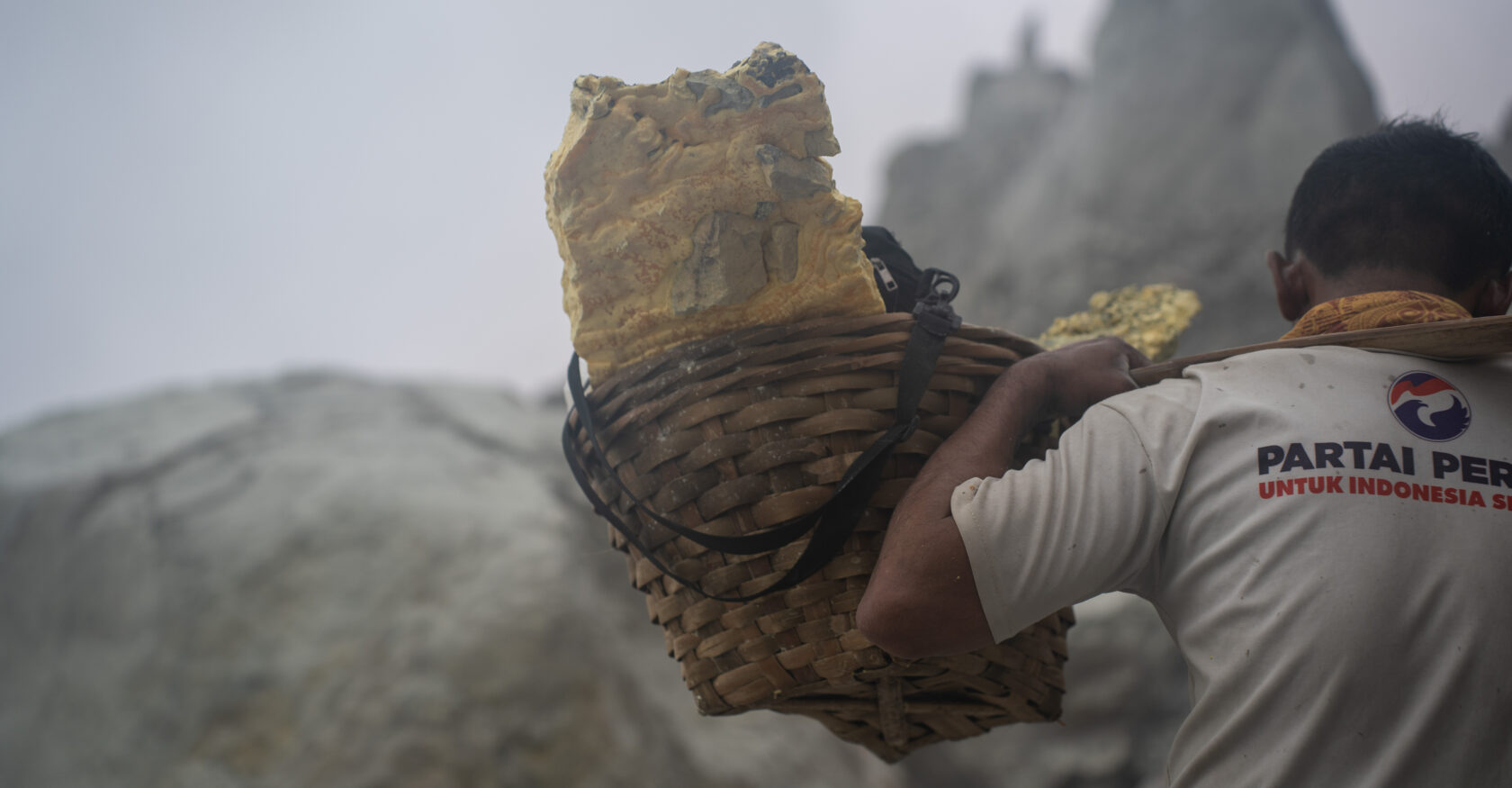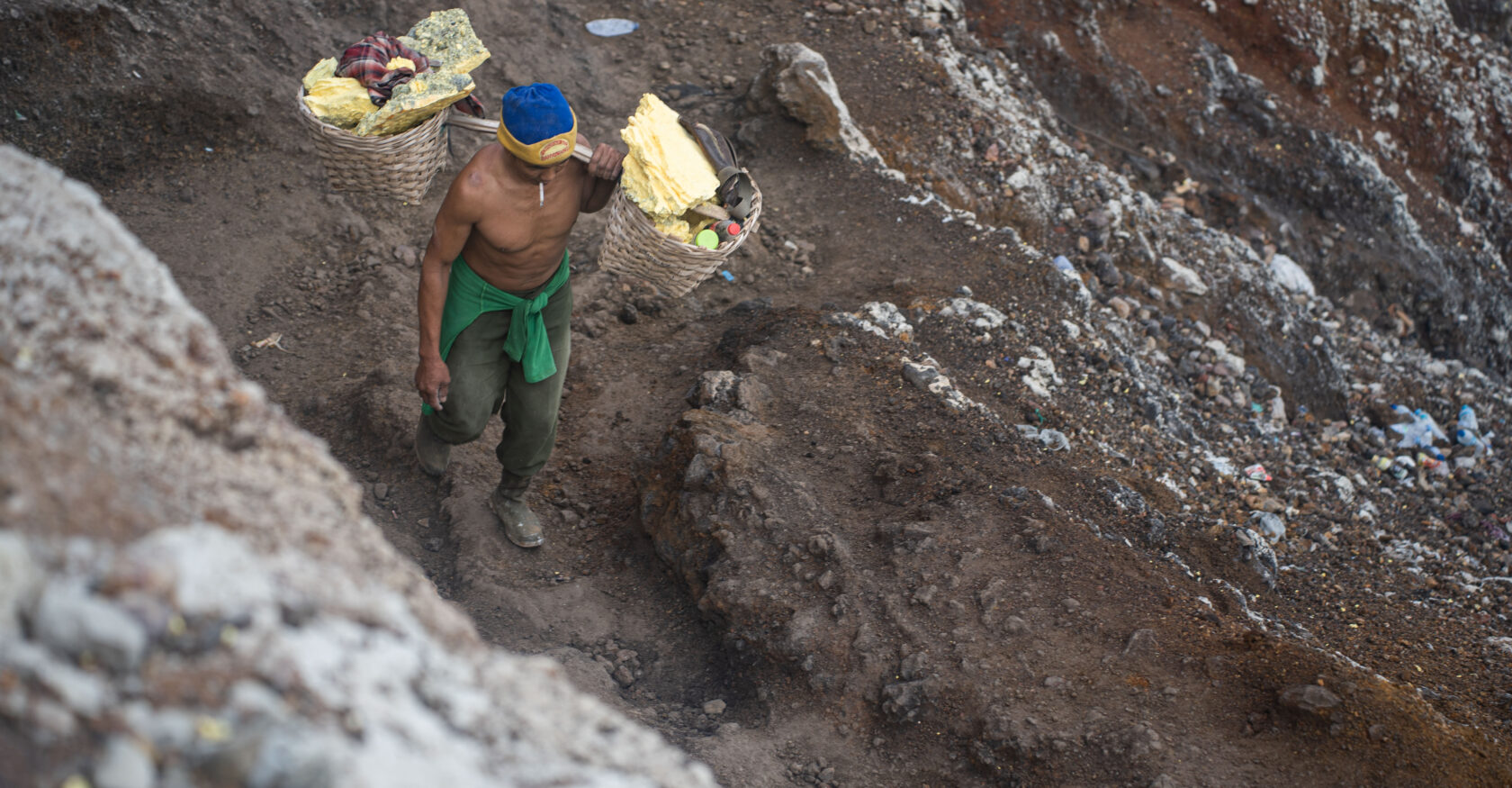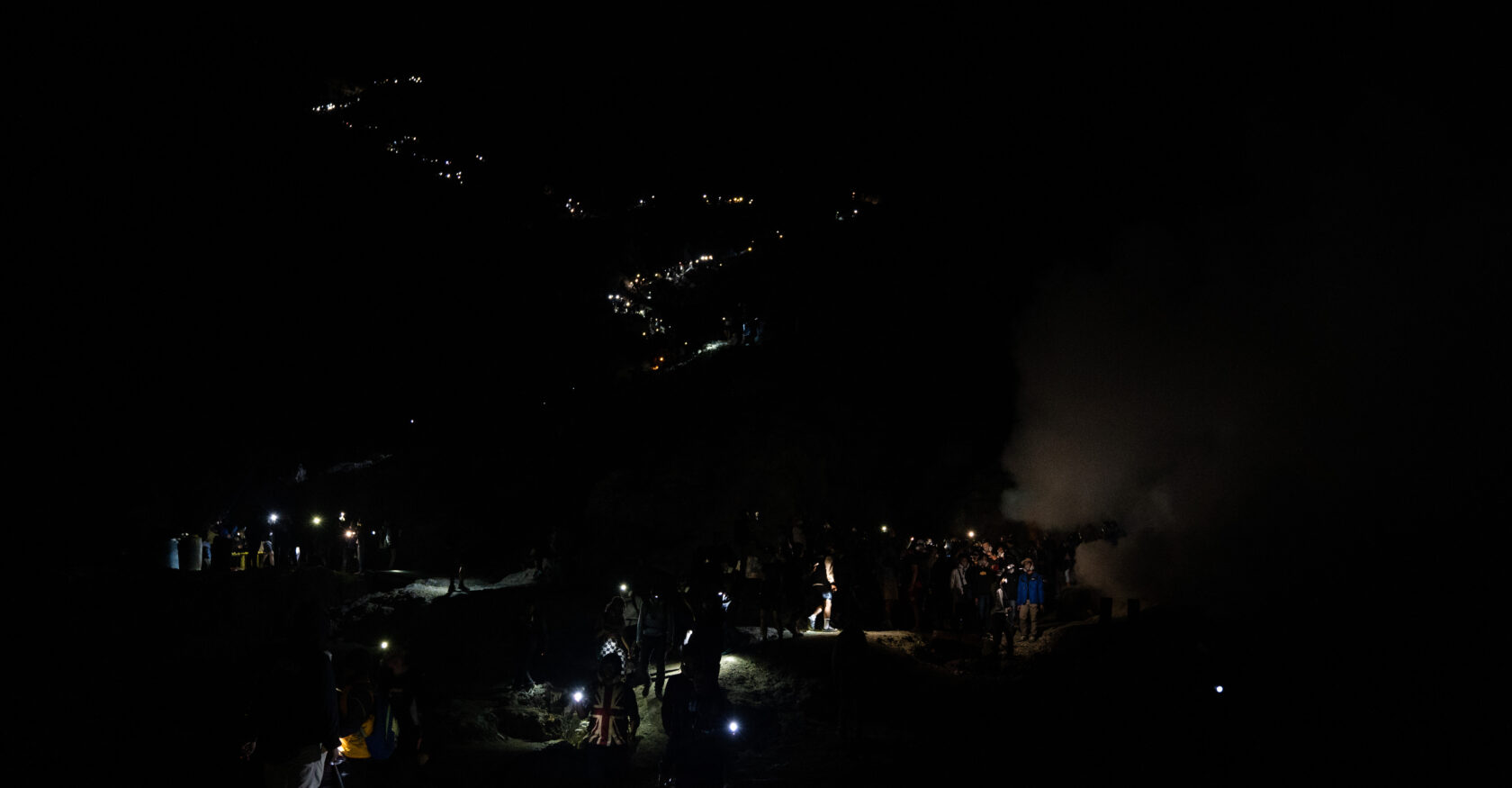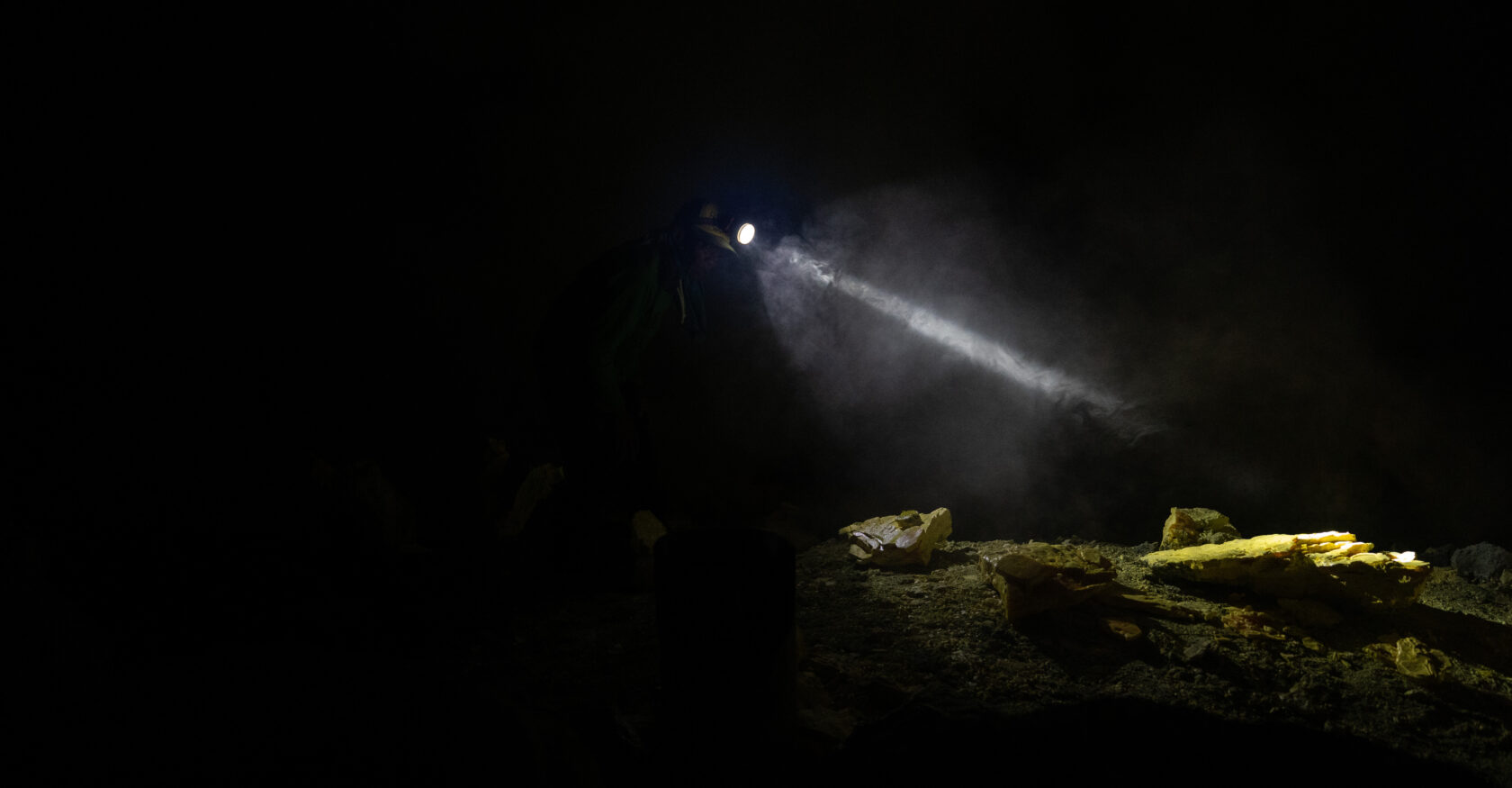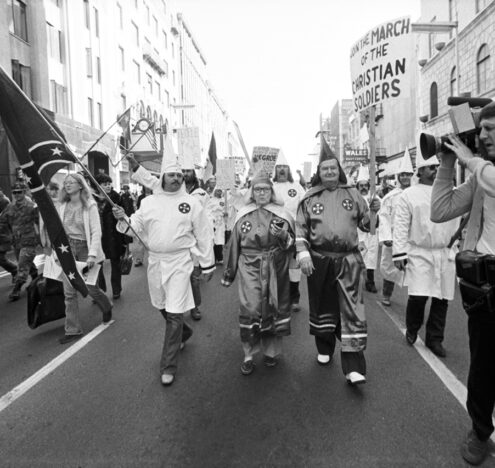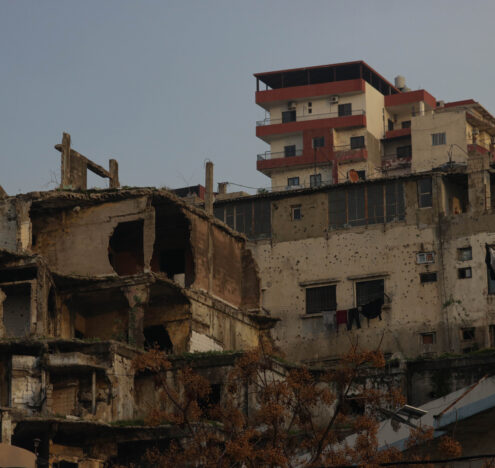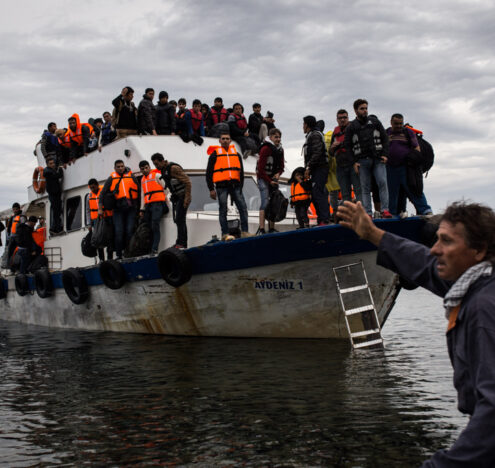Every day, hordes of tourists ascend the steep slopes of Mount Ijen, an active volcanic complex located in Indonesia’s East Java province, to witness the blue flames rising from its sulfur deposits. Since the area began to gain popularity in 2010, East Java has become an increasingly important tourist destination for Indonesia. The volcano draws tens of thousands and sometimes hundreds of thousands of tourists each year.
Mount Ijen is home to one of the few remaining active sulfur mines in the world. While these surreal landscapes have fascinated adventurers and scientists alike for more than two centuries, tourists have also increasingly come to see the miners themselves, a controversial fact that some critics dub “poverty tourism.” But the miners have toiled at Mount Ijen since the 1960s, decades before the tourists began showing up, and rarely enjoy the financial benefits of increased tourism.


